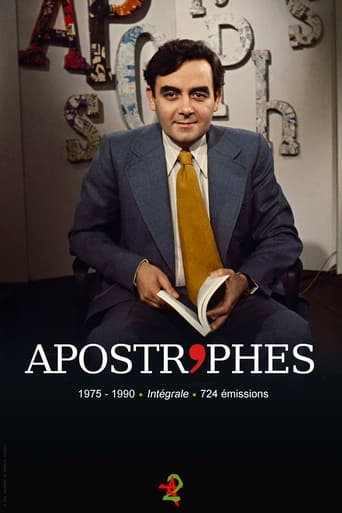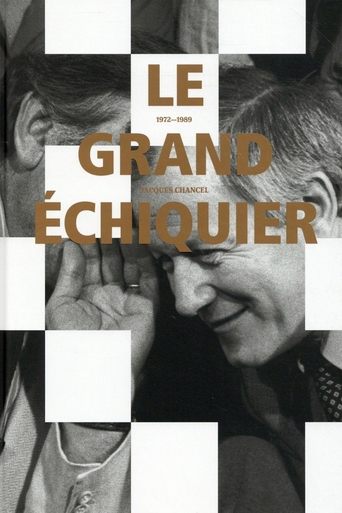

Georges Simenon
Georges Joseph Christian Simenon (13 February 1903 – 4 September 1989) was a Belgian writer. A prolific author who published nearly 500 novels and numerous short works, Simenon is best known as the creator of the fictional detective Jules Maigret. Simenon was born at 26 rue Léopold (now number 24) in Liège to Désiré Simenon and his wife Henriette Brüll. Désiré Simenon worked in an accounting office at an insurance company and had married Henriette in April 1902. Although Simenon was born on Friday 13 February 1903, superstition resulted in his birth being registered as having been on the 12th. This story of his birth is recounted at the beginning of his novel Pedigree. The Simenon family traces its origins back to Belgian Limburg. Simenon could trace his line back to peasants living in the area since as early as 1580. His mother had origins from Limburg, the Netherlands and Germany while his father was of Walloon origin. One of his mother's most notorious ancestors was Gabriel Brühl, a criminal who preyed on Limburg from the 1720s until he was hanged in 1743. Later, Simenon would use Brühl as one of his many pen names. In April 1905, two years after Simenon's birth, the family moved to 3 rue Pasteur (now 25 rue Georges Simenon) in Liège's Outremeuse neighbourhood. Simenon's brother Christian was born in September 1906 and eventually became their mother's favourite child, much to Simenon's chagrin. Later, in February 1911, the Simenons moved to 53 rue de la Loi, also in the Outremeuse. In this larger home, the Simenons were able to take in lodgers. Typical among them were apprentices and students of various nationalities, giving the young Simenon an important introduction to the wider world; this marked his novels, notably Pedigree and Le Locataire. At the age of three, Simenon learned to read at the Saint-Julienne nursery school. Then, between 1908 and 1914, he attended the Institut Saint-André. In September 1914, shortly after the beginning of the First World War, he began his studies at the Collège Saint-Louis, a Jesuit high school. In February 1917, the Simenon family moved to a former post office building in the Amercoeur neighbourhood. June 1919 saw another move, this time to the rue de l'Enseignement, again back in the Outremeuse neighbourhood. Using his father's heart condition as a pretext, Simenon decided to put an end to his studies in June 1918, not even taking the Collège Saint-Louis' year-end exams. He subsequently worked a number of very short-term odd jobs. In January 1919, the 15-year-old Simenon took a job at the Gazette de Liège, a newspaper edited by Joseph Demarteau. While Simenon's own beat only covered unimportant human interest stories, it afforded him an opportunity to explore the seamier side of the city, including politics, bars, and cheap hotels but also crime, police investigations and lectures on police technique by the criminologist Edmond Locard. Simenon's experience at the Gazette also taught him the art of quick editing. He wrote more than 150 articles under the pen name "G. Sim." He began submitting stories to Le Matin in the early 1920s. ... Source: Article "Georges Simenon" from Wikipedia in English, licensed under CC-BY-SA 3.0.
Read bio at tmdb | Read bio at Wikipedia
- Born:
- Feb 13, 1903 In Liège, Belgium
- Movie/TV Credits:
- 5
- First Appeared:
- In the series Cinépanorama 1956-02-04
- Latest Project:
- Movie Federico Fellini's Autobiography 2000-09-05
| Movie | Federico Fellini's Autobiography | Self (archive footage) | 2000-09-05 |
| Series | Apostrophes | Self | 1975-01-10 |
| Series | Le Grand Échiquier | Self | 1972-01-12 |
| Series | Treffpunkte | Self | 1970-05-26 |
| Series | Cinépanorama | Self | 1956-02-04 |



